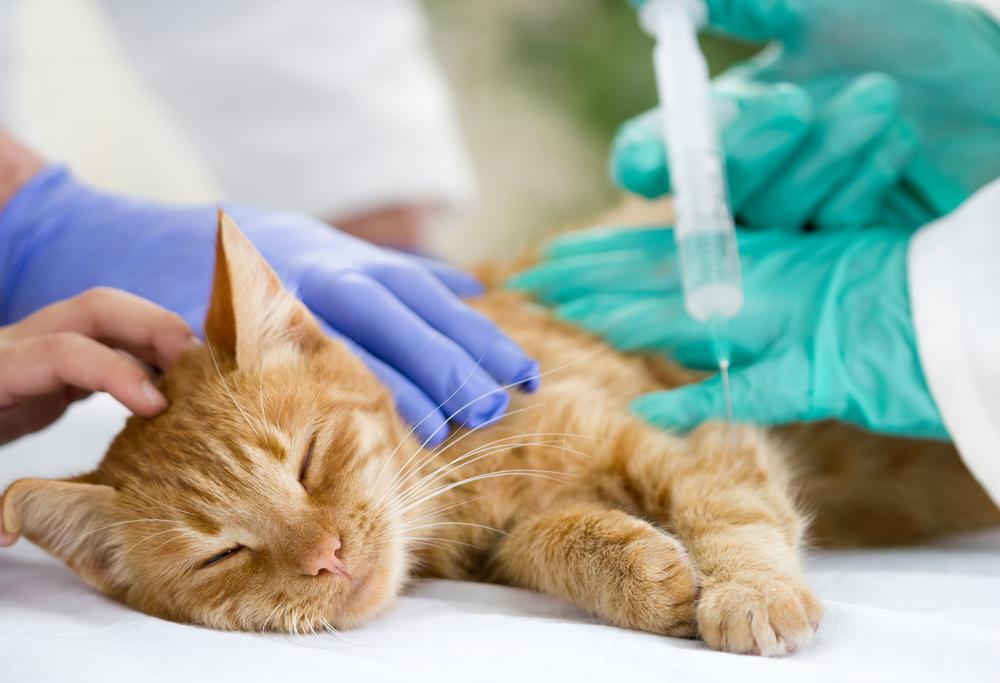
Pet Diabetes: Canine and Feline Diabetes Mellitus
Most pet owners often don’t recognize health issues in their cats or dogs until mood, energy levels, appetite, or urination habits change drastically. For instance:
- Pets that start to urinate more often, or have accidents.
- Cats and dogs with increased appetite or appetite loss.
- Pets that drink more or less water than normal.
These issues often indicate an underlying health issue in your pet, like diabetes mellitus (or sugar-related diabetes). Pet diabetes most often strikes middle-aged animals, causing pancreatic cells to lose the ability to produce insulin. Diabetes in pets, like humans, triggers high blood sugar levels, and associated symptoms such as increased appetite, thirst, urination, and irritable mood (you may notice your cat is grumpier than normal, particularly around food). But don’t despair, a diabetes mellitus diagnosis in your cat or dog can be managed closely by administering insulin and monitoring your pet’s diet closely.
Increased blood sugar levels in cats and dogs tend to cause an array of symptoms that stem from too much glucose in the urine and the inability of the kidneys to reabsorb water into the bloodstream. The main symptoms of diabetes in pets include:
- Dry or dead skin on fur surface, which can affect coat moisture and texture.
- Sudden weight loss despite an increase in appetite.
- Increased appetite due to a spike in blood glucose levels.
- Cats with abnormal gait (or walking issues) and general disorientation.
- Increased drinking and frequent urination.
- Prone to vomiting (due to glucose in urine and high risk of bacterial infection).
- Liver issues, or diabetic ketoacidosis in the later stages if diabetes is left untreated, which can result in pancreatitis, kidney failure, swelling of the brain, and sudden death.
While veterinary professionals can’t pin diabetes mellitus down to one single cause, they believe that several contributing factors can lead to the development of pet-related diabetes, for instance:
- Environmental factors (i.e., advanced age, obesity, and physical inactivity).
- Long term use of veterinary steroids may trigger diabetes later in life.
- Existing adrenal or pituitary disease can predispose pets to diabetes
- Genetics, particularly for certain breeds of cat (i.e., Burmese) and dog (i.e., Beagles, Samoyeds, and Australian terriers).
- High-carbohydrate diet has been shown to increase blood glucose levels in insulin-sensitive cats.




